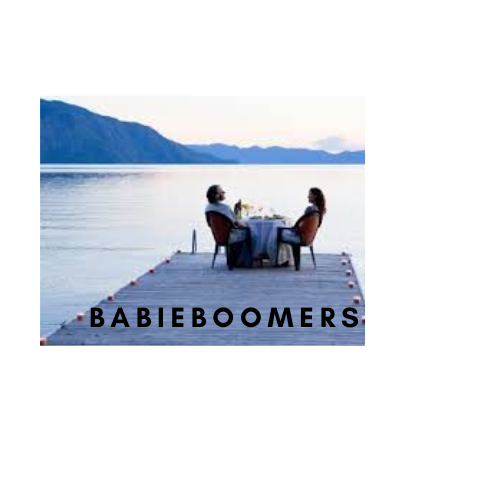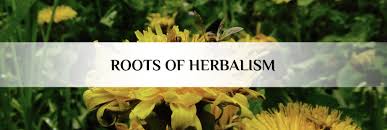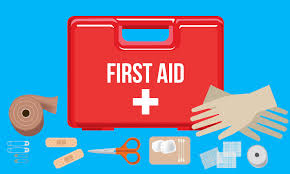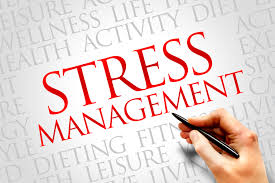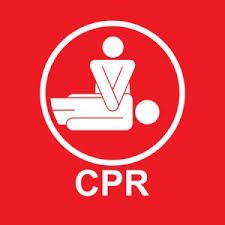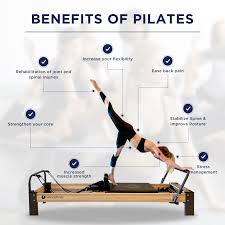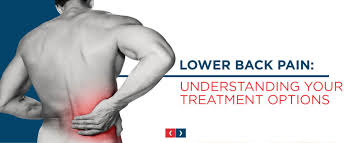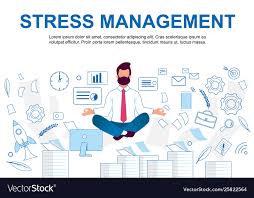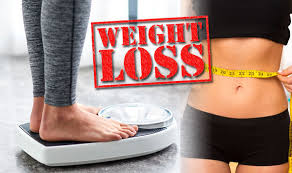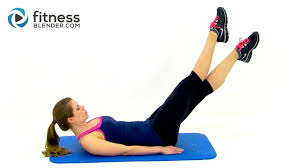This Year Will Be The Year of Meditation
If you are at all interested in health, well-being, stress-relief, or anything to do with increased performance and happiness, then you are sure to have heard all about meditation. It is one of those “hot-topics” that everybody just can’t stop talking about.
Before that though I’m sure you have a few questions. The most common questions I am asked are “How often/long should I meditate?” and “What does meditation feel like?”. I’ll answer the last question first. There are a vast number of meditation exercises and the feelings they conjure can vary. Typically though meditation feels deeply relaxing, almost as if you are emptying your mind of any negative thoughts or feelings you’ve picked up throughout the day. I have been meditating for many years now and I often find now that I am so engrossed in my meditation that I have to take a moment to shift my awareness to my body, as it feels like it has disappeared! Of course it hasn’t, and this isn’t something you are likely to experience at first.
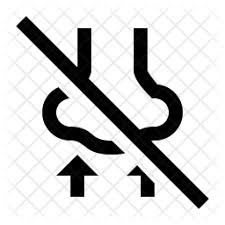
It is nice to be clean and free of any odors before going into meditation. They actually can be a distraction for yourself or others of you meditate in a group. Brush your teeth, put on fresh and loose fitting clothes. It is nice to have a clean feeling about you. Cleaning yourself in preparation can be like a cleansing, you cleanse yourself of all the ‘muck’ of the day.
Now that we know what meditation isn’t, let’s talk about what it is. Meditation has been explained in many ways, but the Buddha summed it up in one word: awareness. This is the whole goal of Buddhism. A formal meditation practice is nothing more than being aware of what is currently going on around and inside of you, while sitting. Meditation is about noticing the sounds around you and thoughts the come up in your mind, and letting them pass by without getting emotional or thinking about them. It’s about letting whatever comes up, continue one without attaching to it.

Nothing particularly new here, but we need to convert this knowledge into action and find ways to meet with groups that will have a positive energetic impact on us. Ideally, we can meet weekly with such groups and then, periodically, do courses or retreats over 2 or more days for a massive energetic boost.
As it stands in scripture, the human race is in a state of separation from God. The Bible states it’s because of sin. Contrary to what you have been taught, the Biblical concept of sin does not mean something bad or evil. It means to miss the mark, or to reside in a state of ignorance. Ignorance of what? It is Ignorance of our true condition and separation from God.
Most times you should start off slowly and work up to what feels right to you. 10 or 15 minutes should be long enough to start off as long as you feel comfortable.
Meditation techniques for beginners are not difficult but it does require practice and patience. While learning meditation techniques allow yourself 20 minutes of uninterrupted time three to four times per week. Meditation involves training the mind to focus awareness on a single item. If you are on the fence about http://babieboomers.com or any other Meditation website then you need to research more. This can be anything you prefer. Many people focus on their own breathing but you can also choose to repeat a particular word or phrase or focus on a certain mental image.
And by the way, when you reach this deep state in meditation, you might just realize that this Christ you have been trying to find is actually INSIDE of you, not OUTSIDE. You just had to strip away your own ego to realize this.
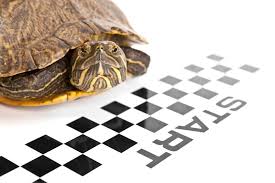
Make time for your meditation. Don’t meditate on a hurry. This will only distract you and will hinder you to focus. Although you can actually meditate at any time of day, make sure also that you are not hungry when meditating or you are not too full. These of course, may hinder you to focus and concentrate.
There are many different meditation methods that you can turn to. If you have never meditated before, then it would be a good idea for you to start with the basic meditation rituals. Meditation will help ease any stress you may have. You should try to meditate at least once a day.
Meditation is great from stress management, click here to learn.
Top 13 meditation tips*
| 1 | Before: Start early |
| 2 | Same time, same place is preferred |
| 3 | Get creative about location; what makes you feel most comfortable |
| 4 | Don’t sit cross-legged (if you don’t think it’s comfortable) |
| 5 | Find the best position for you |
| 6 | During: Breathe naturally |
| 7 | Get comfortable with discomfort |
| 8 | Take mindfulness with you |
| 9 | After: Take a moment and check in with yourself |
| 10 | Remind yourself of the benefits of meditation |
| 11 | Record any excuses |
| 12 | Buddy up |
| 13 | Don’t judge yourself |
*Source: Headspace.com
Supplement Your Meditation Corner With A Cushion — Your Posture Will Thank You
The excellent thing about contemplation is that you don’t generally require anything to rehearse — actually no, not so much as a membership to an application. All things considered, a reflection pad isn’t basic, either, however the frill has its advantages, particularly in case you’re cutting out a corner in your home for situated contemplation.
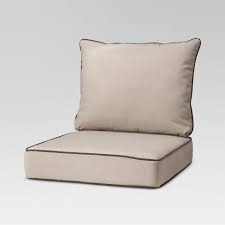
“A contemplation pad can offer help in finding a decent stance during formal reflection practice,” Jackie Stewart, a reflection teacher with Alo Moves, said. “For pose, it is significant that your knees are underneath your hips, and your hips are inclined marginally forward, which mitigates lower-back strain. To discover balance, we sit upstanding and carry awareness of the body, while staying loose with our muscles and simple with the breath. Basically, the pad assists with lifting the hips.”
As indicated by Elena Brower, a Glo contemplation teacher, this height of the hips additionally advances a gainful extending of the spine with the head stacked on top. “That arrangement guarantees the smooth, dynamic progression of your breathing, which is significant for the brain to have the option to back off and get all the more tranquil,” Brower clarified.
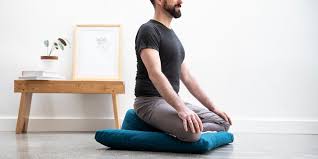
Reflection pads and pads arrive in a wide assortment of shapes, sizes, and textures, and are even made with various stuffing material. As indicated by Stewart, what you pick depends on singular solace, adaptability, and inclinations — like how high or low you’d prefer to be to the ground.
Stewart said that a Zafu pad, which is round, is commonly loaded up with firm and strong inclination kapok fiber or buckwheat structures, which are ordinarily adaptable and will conform to your body — the last is Stewart’s inclination.
“In the event that you like to be more raised, a Gomden [rectangle cushion] may be a superior fit. You can in any case sit leg over leg, yet your knees won’t contact the ground like they would on a Zafu.”
A huge, level, and square cushion called a Zabuton can be put underneath both a Zafu and a Gomdon, giving your lower legs and feet a spot to rest. Yet, similar to we referenced before, you don’t have to buy a contemplation pad to take part in situated reflection. On the off chance that you do need a pad underneath of you, Brower proposed stacked towels or covers. After you’ve built up what you’ll sit on, focus on sinking into your training — Brower’s guide proves to be useful here.
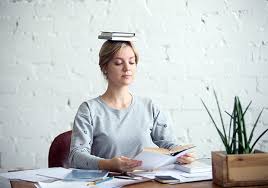
“Start with a tall spine, subsiding into your stance to bring a feeling of poise and simplicity to your body and your relaxing. Develop an unselfish inspiration; think about the individuals who are enduring and permit yourself to open — your heart to open, your psyche to mellow away from the little contemplations, and toward one who needs effortlessness, sympathy, benevolence,” Brower said.
At the point when your brain calms, center toward your relaxing. “This opens a space where you can watch contemplations emerging, lessening, emerging, subsiding. Permit that — consider those inquiries to rise and delivery. After a period, your attentional field opens and you may spend a modest bunch of breaths, or more, in a condition of decision less mindfulness. Those couple of breaths are your recuperating, your contemplation, when your body shifts into a space of patching itself intellectually, genuinely, inwardly,” Brower said.
Keep in mind, you additionally don’t have to guarantee a corner in your home for contemplation. You can ponder while on a run, sitting on your bed, while doing the dishes, or remaining in line at the supermarket. “Contemplation is basically the act of acclimating ourselves with our own brain, and we can carry attention to our experience whenever, anyway we’re sitting, standing, or in any event, setting down,” Stewart said.
I have a GREAT Course for you on this subject! CLICK HERE
